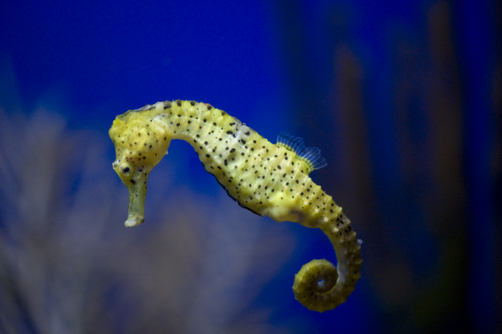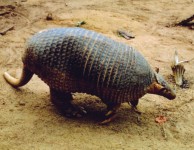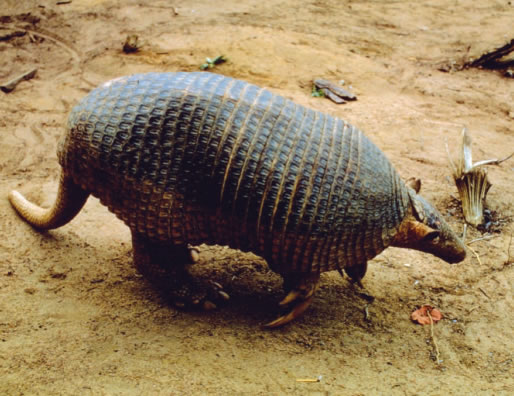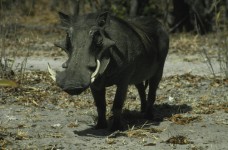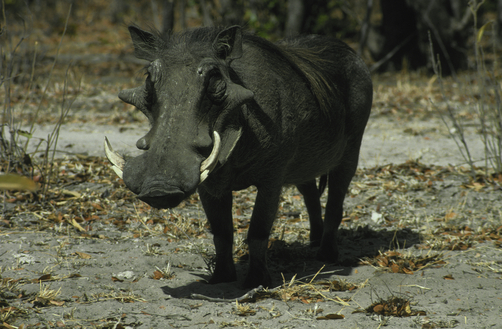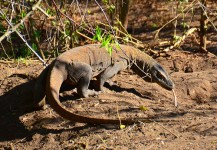
Komodo dragons do not fly.
- ‘Komodo dragons’ are also called ‘komodo monitors’ and ‘komodo island monitors’.
- Komodo dragons are native to some of the Lesser Sunda islands of Indonesia, Asia, and were not known to the western world until the early 1900s.
- Komodo dragons are from the family Varanidae, the family of monitor lizards, and have the scientific name ‘Varanus komodoensis’.
- Komodo dragons are the world’s largest species of lizard not extinct, and are vulnerably threatened, particularly by human hunting, with approximately 3000 to 5000 in the wild.
- Komodo dragons can grow up to 3 metres (10 feet) in length and 70 kilograms (150 pounds) in weight, although some are much heavier and can be more than double this in weight.
Komodo Dragon
Image courtesy of Austronesian Expeditions/Flickr
- Komodo dragons have bluey grey scales that are hard and sturdy and a forked tongue that is yellow, and numerous bacteria in their saliva that causes death in their prey.
- Komodo dragons have an excellent sense of smell, one ear bone causing it to have a restricted hearing range, and it can see up to 300 metres (980 feet) away.
- Komodo dragons live in habitats of grasslands, savannahs and forests, in areas that are hot and dry.
- A komodo dragon’s diet consists of birds, mammals, reptiles, insects and the meat of dead animals, and can, in one feeding, eat up to 80% of its own weight.
- Komodo dragon females lay an average of 20 eggs in a mound or a hole, that generally hatch in April.
Bibliography:
Komodo Dragon, 2014, National Geographic, http://animals.nationalgeographic.com.au/animals/reptiles/komodo-dragon/
Komodo Dragon, 2014, Wikipedia, http://en.wikipedia.org/wiki/Komodo_dragon








